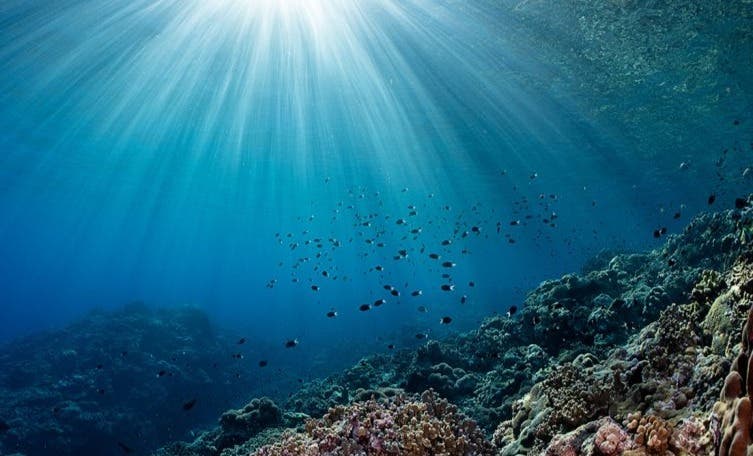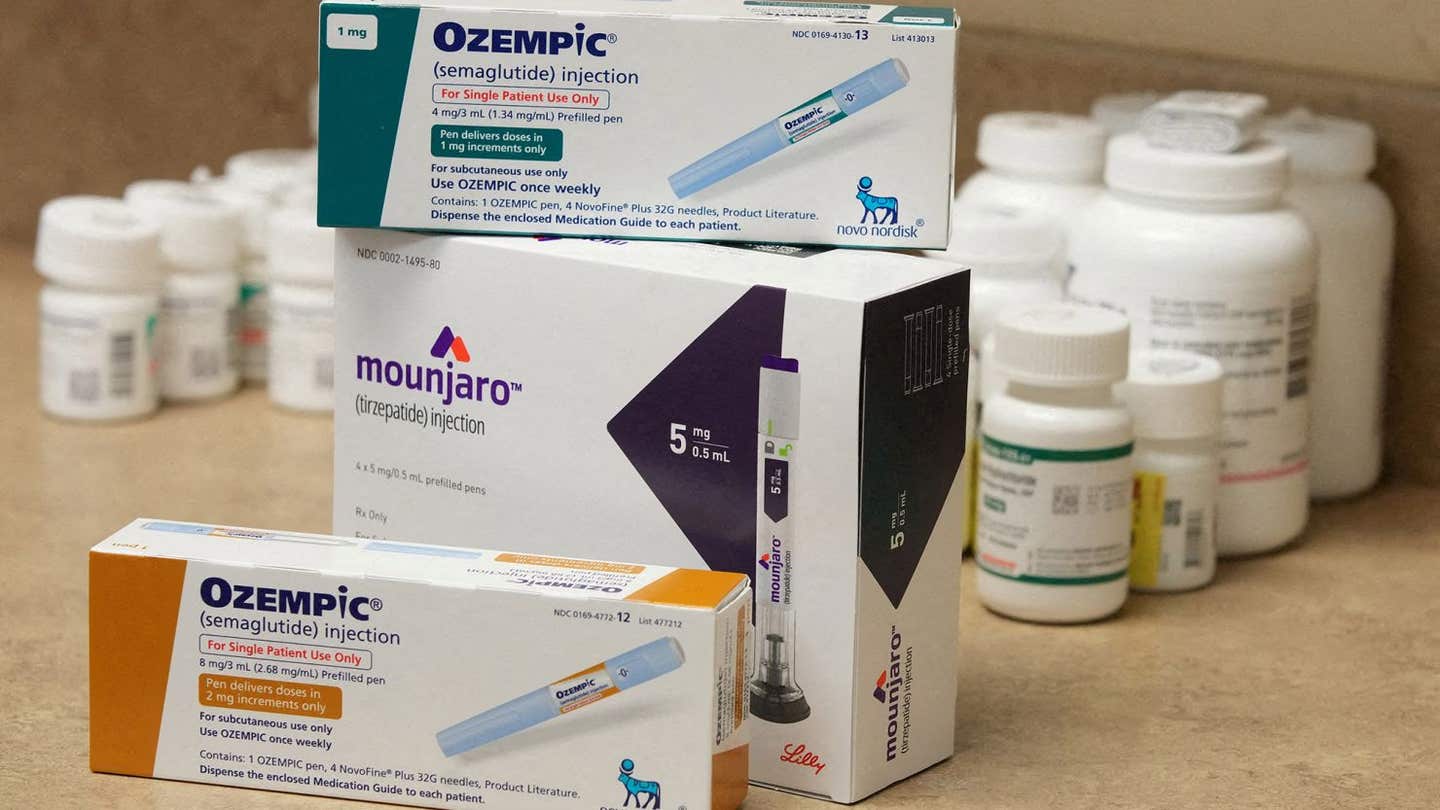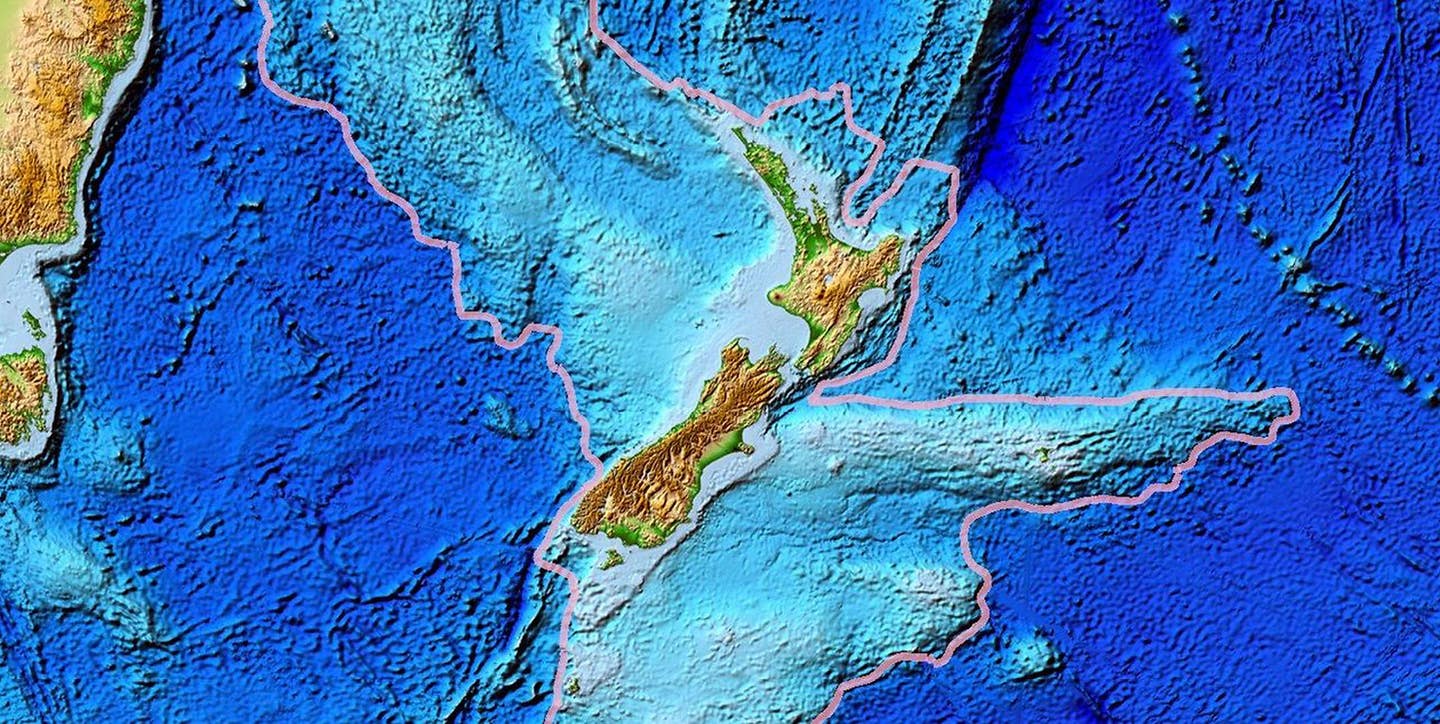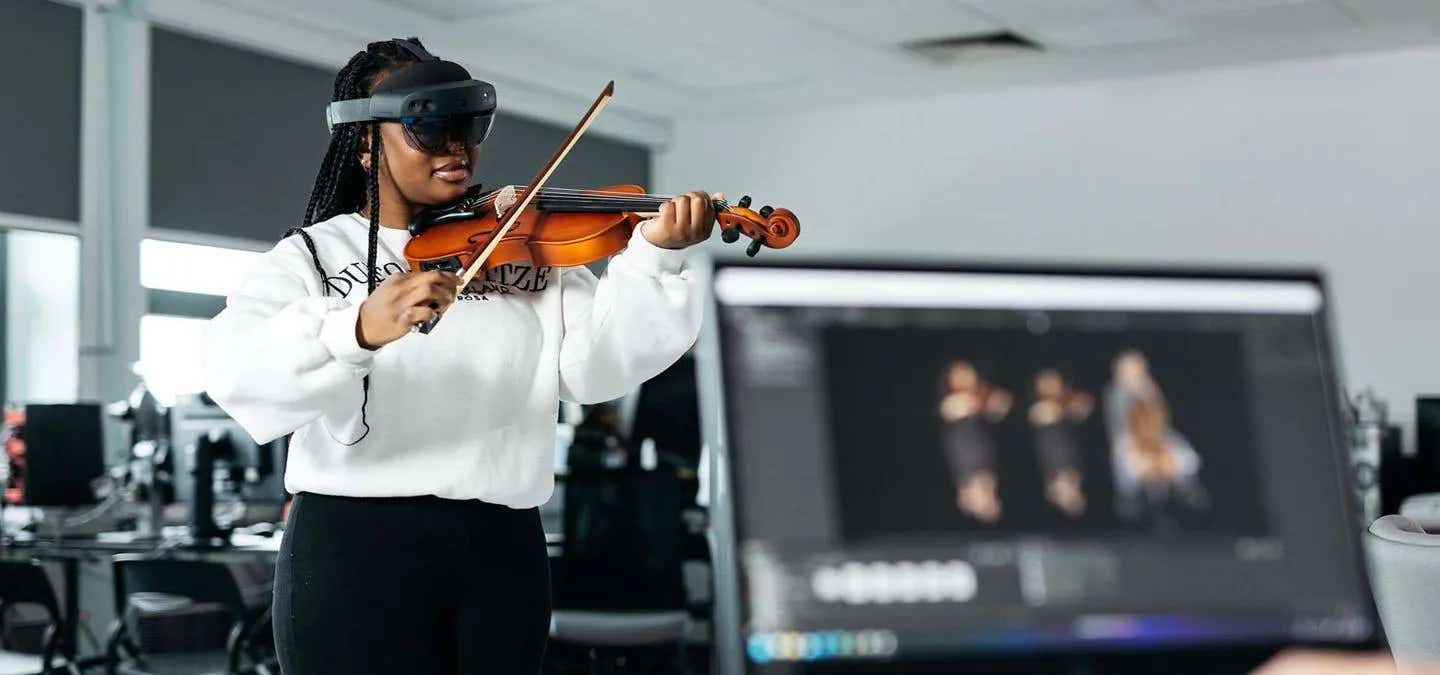Disrupting climate change: Researchers use viruses to trap CO2 and methane in seawater
Researchers have identified oceanic viruses that acquire genes from other microbes or cells involved in carbon processing.

Researchers have identified oceanic viruses that acquire genes from other microbes or cells involved in carbon processing. (CREDIT: Creative Commons)
Scientists have sailed into the world's oceans, armed with an extensive catalog of DNA and RNA virus species. Their aim? To pinpoint viruses with the potential to combat climate change by aiding in the capture of carbon dioxide and preventing methane release from thawing Arctic soil.
Through a combination of genomic sequencing and artificial intelligence analysis, researchers have identified oceanic viruses that acquire genes from other microbes or cells involved in carbon processing.
By mapping these genes, particularly those related to underwater carbon metabolism, they discovered 340 metabolic pathways across the global oceans, with 128 pathways present in ocean viruses.
"I was surprised by the high number," remarked Matthew Sullivan, a microbiology professor at The Ohio State University.
Related Stories
Utilizing advanced computational techniques, the team has unveiled which viruses play a role in carbon metabolism. They're now employing this information in newly developed models to predict how manipulating ocean microbiomes with viruses could enhance carbon capture.
"The modeling focuses on how viruses influence microbial activity in the system," Sullivan explained. "Identifying which viruses target crucial metabolic pathways is essential because it indicates their potential effectiveness."
Presenting their findings at the American Association for the Advancement of Science's annual meeting in Denver, Sullivan highlighted his role as the virus coordinator for the Tara Oceans Consortium. This three-year study examined climate change's impact on the oceans, collecting 35,000 water samples worldwide.


(LEFT) Virginia Rich associate professor of microbiology at Ohio State, and co-director of the National Science Foundation-funded EMERGE Biology Integration Institute based at Ohio State. (RIGHT) Matthew Sullivan professor of microbiology and director of the Center of Microbiome Science at The Ohio State University. (CREDIT: The Ohio State University)
Sullivan's lab specializes in phages—viruses that infect bacteria—and their potential to engineer marine microbes for enhanced carbon conversion.
"The oceans absorb carbon, mitigating climate change. Microbes dictate the conversion of CO2 into organic carbon, and viruses play a significant role in targeting key reactions," Sullivan noted. "We're exploring which viruses could facilitate the conversion of carbon into a form conducive to sinking to the ocean floor."
The oceans absorb carbon, mitigating climate change. Microbes dictate the conversion of CO2 into organic carbon, and viruses play a significant role in targeting key reactions. (CREDIT: Creative Commons)
In 2016, the Tara team linked carbon sinking in the ocean to viral activity. They proposed that viruses aid in carbon sinking by causing infected cells to aggregate into larger, denser masses that sink to the ocean floor. Leveraging AI-based analytics, they identified a select few "VIP" viruses for laboratory cultivation, serving as models for ocean geoengineering.
Collaborating with Professor Damien Eveillard of the Tara Oceans Consortium, the team developed community metabolic modeling to anticipate potential consequences of their approach. Sullivan's lab is now applying lessons from oceanic research to engineer microbiomes in human settings, such as aiding spinal cord injury recovery and enhancing outcomes for infants born to HIV-positive mothers.
"We're exploring the transferability of these concepts," Sullivan explained. "Our overarching goal is to engineer microbiomes for practical applications."
Additionally, Sullivan reported on initial efforts to utilize phages as geoengineering tools in the permafrost of northern Sweden. Microbes in this region both influence and respond to climate change as permafrost thaws.
Virginia Rich, an associate professor of microbiology at Ohio State and co-director of the EMERGE Biology Integration Institute, led previous research identifying a lineage of single-cell organisms in thawing permafrost as significant methane producers, a potent greenhouse gas.
Note: Materials provided above by The Brighter Side of News. Content may be edited for style and length.
Like these kind of feel good stories? Get the Brighter Side of News' newsletter.
Joshua Shavit
Science & Technology Writer | AI and Robotics Reporter
Joshua Shavit is a Los Angeles-based science and technology writer with a passion for exploring the breakthroughs shaping the future. As a contributor to The Brighter Side of News, he focuses on positive and transformative advancements in AI, technology, physics, engineering, robotics and space science. Joshua is currently working towards a Bachelor of Science in Business Administration at the University of California, Berkeley. He combines his academic background with a talent for storytelling, making complex scientific discoveries engaging and accessible. His work highlights the innovators behind the ideas, bringing readers closer to the people driving progress.



